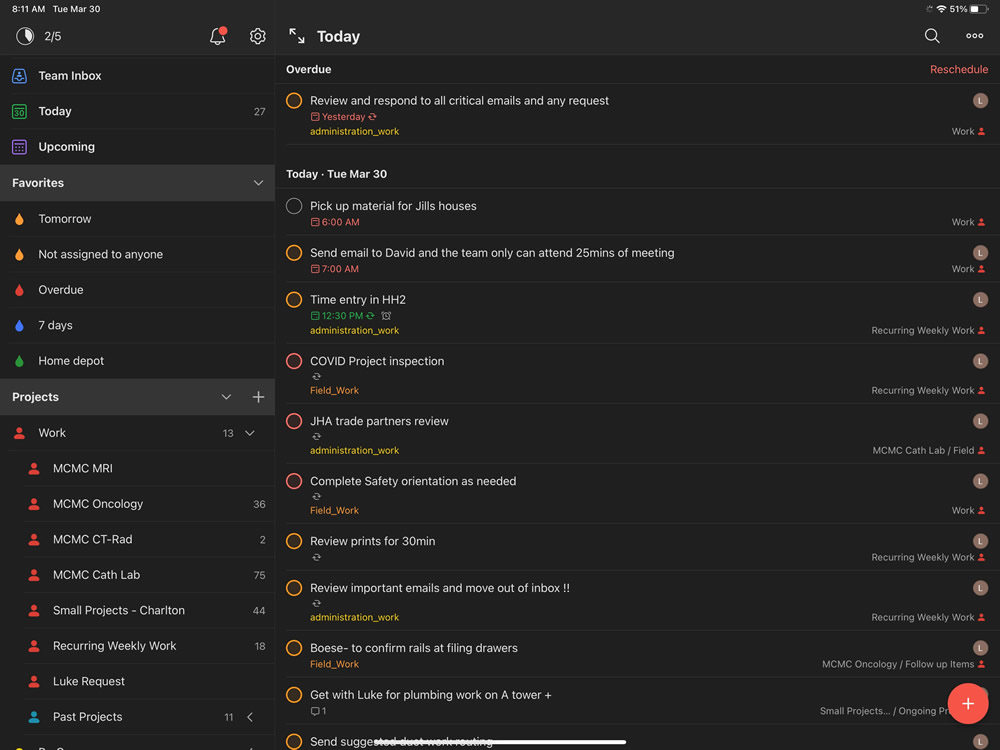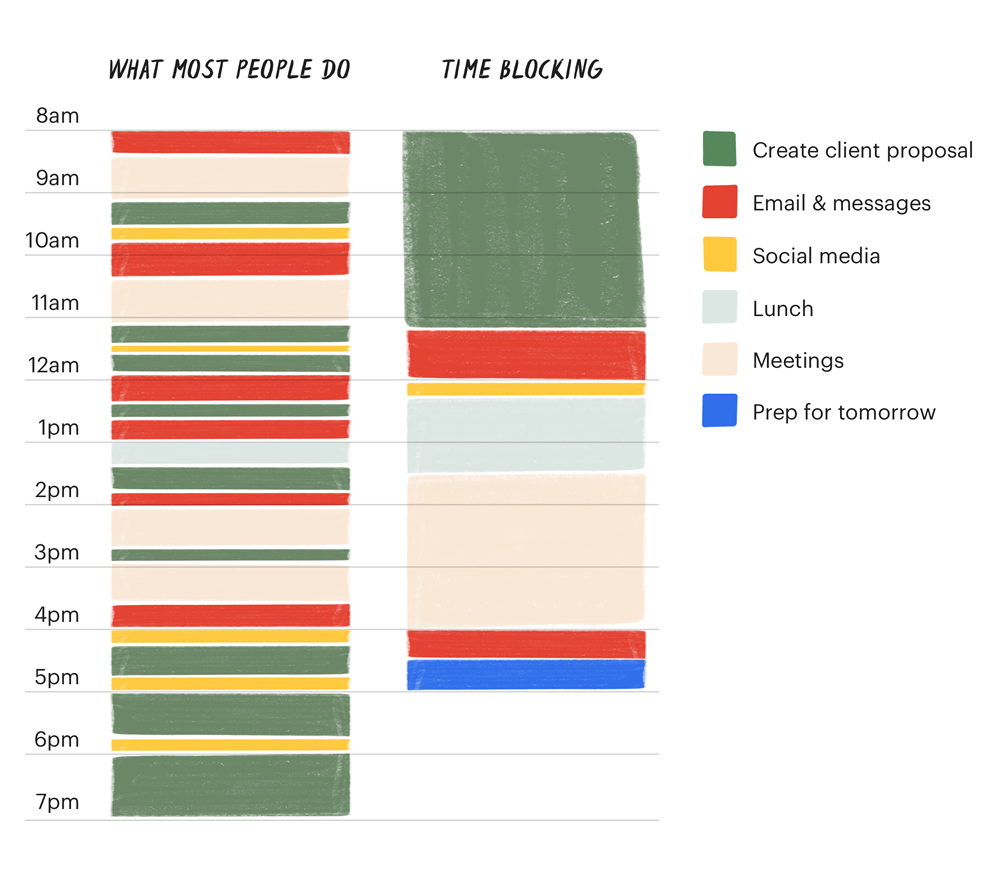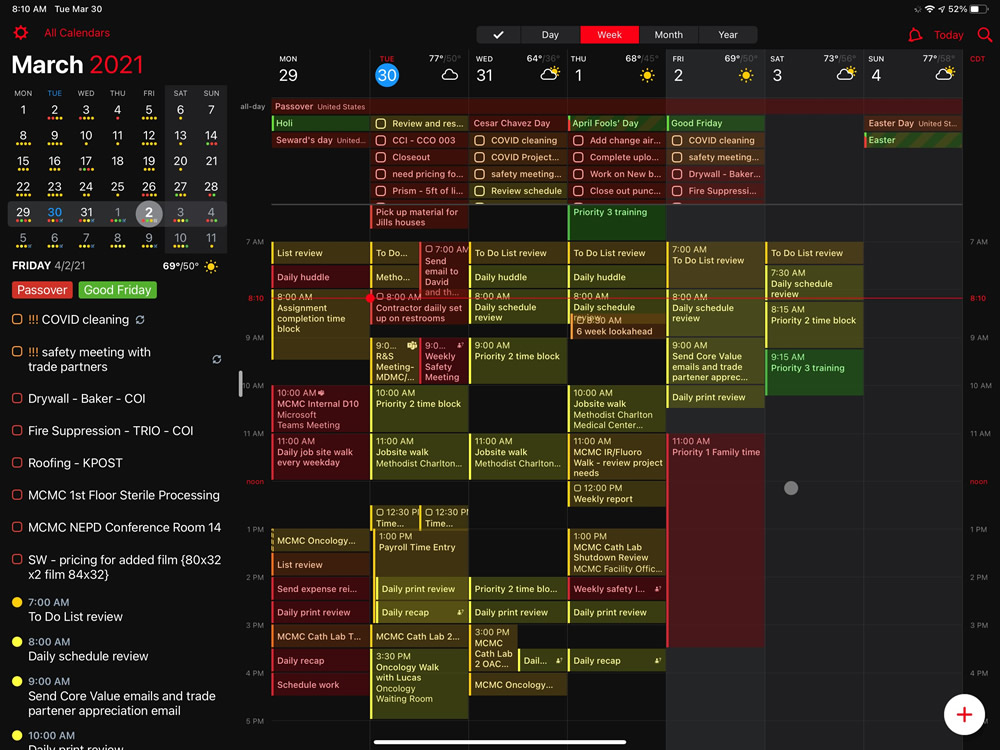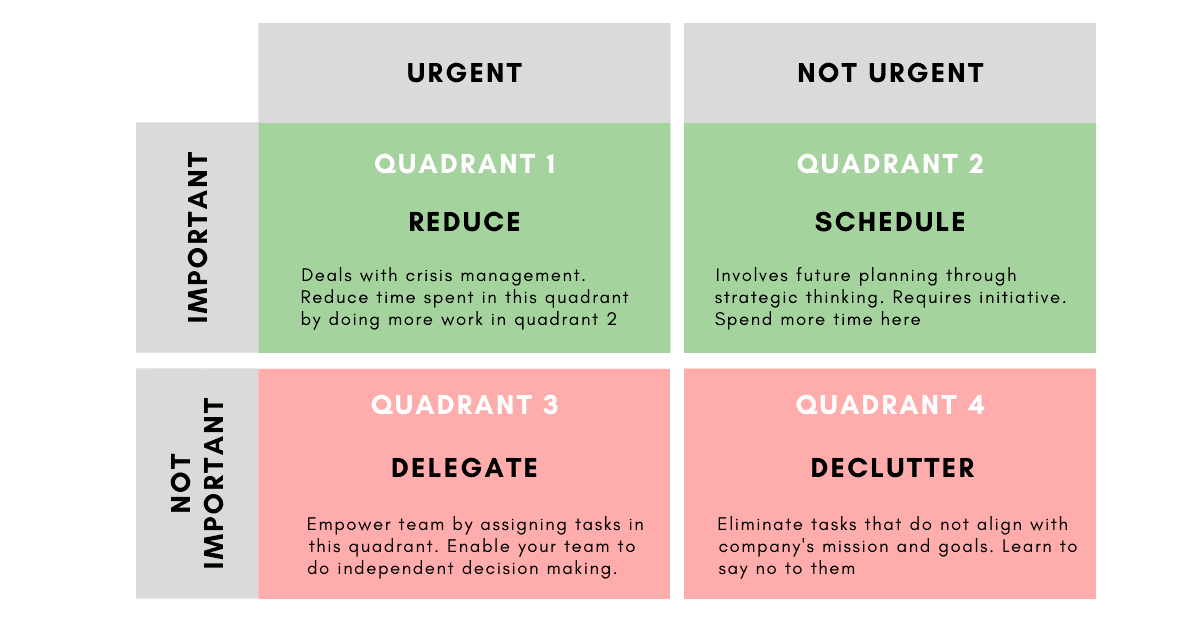According to Lean expert and author Keyan Zandy, these are 3 main Lean time management take-aways from the book The Art of the Builder – Elevating Construction Superintendents written by Jason Schroeder.
Those who know Joe and I personally know that our journey with The Lean Builder is based on our frustration with the construction industry’s current state—the waste, long hours, and the dysfunction. These irritations motivated us to explain the concepts, tools, and principles of Lean in an engaging fable format, which became The Lean Builder. While it is humbling that a broad audience enjoys our book and finds it informative and helpful, The Lean Builder was written for a specific group of people: the leaders in the field—the superintendents, and the last planners. Our goal was to provide them with an easily understood, accessible resource to feel empowered to implement Lean methodologies on their projects.
This past month, I read Jason Schroeder’s book, The Art of The Builder – Elevating Construction Superintendents. This book is also written specifically for the field by an author who is a Lean builder. Jason’s book shares the same goal of providing construction superintendents tools and thought leadership to get more value out of their personal and work lives. The Art of The Builder continues to move the needle in our industry, and is jam-packed with great stories, lessons, and principles outlining how to lead with purpose. Today I want to share my three key takeaways specific to time management. I highlight these three from The Art of The Builder because I feel that they have an immediate impact on those who can wield their power.
To-Do Lists and Personal Organization
One of the most important things you can do to stay on track in the field is take notes (all in one place) and keep track of to-dos. If you are constantly feeling under water and overwhelmed by your workload, or if you seem to be forgetting important things and missing critical deadlines, then you are suffering from symptoms of not keeping a good to-do list. In the book, Jason shares the old saying, “a dull pencil is better than a sharp memory.” In my experience, this can look differently for everyone based on their style, and that’s okay; the most important thing is that you have a system in place. For example, on our projects at Skiles Group, some of our superintendents like Buddy Brumley use a bullet journal as a place to track everything.
Others, like Lucas Wilke use virtual platforms to manage their to-do list.
The point is not how you do it, but that you are in the practice of preparing and managing a to-do list daily. If you are needing help here, below are some steps to get you on the right track.
Step 1:
Plan out your week. Write down all the tasks that you will need to complete. If the tasks are complex, break them down into smaller steps/action items.
Step 2:
Allocate priorities to your tasks. I use Brian Tracy’s ABCDE method. Tasks should be looked at on a scale measuring (Urgent vs. Not Urgent) and (Most Important to Least Important).
Step 3:
Work through your list daily, focusing on the most urgent priorities (tasks that have consequences if not complete) before working on your less critical tasks. Check off each to-do as completed when done. A best practice is to spend at least ten minutes at the beginning or end of the day organizing and updating your to-do list.
Develop Your Standard Work
It is essential to plan your week, not fight your week. Think of a football team studying film and preparing a strategy for an upcoming game. The other team might run many plays they didn’t expect, but that’s no reason for their team not to have a game plan. I look at our work week the same way. Many people fight their week by coming in Monday morning and being entirely reactive to the emails they receive and the meetings they attend. In the book, Jason describes time blocking which is critical to ensure that the priority items do not get pushed off based on impromptu requests and the fires that occur throughout the week.
Jason shares a great first step in blocking time in your calendar is to start with your personal and family agenda items first (date night, kid’s games, exercise, etc.). Then fill out your standard work which is the time you set aside for your work assignments dedicated to the effectiveness in your role. Below is an example of how Skiles Group’s Lucas Wilke schedules his standard work.
For me personally, I like to break my standard work into two categories: Deep Work and Shallow Work. Deep Work can be defined as cognitively demanding work that requires focus without distraction. Shallow Work is more administrative work that consists of basic tasks that don’t require immense amounts of attention or skill. I schedule time for both on my calendar each day, focusing on deep work in the morning when my mind is sharper, and shallow work in the evening when I am tired, and my brain is duller.
Begin Delegating
One of the most challenging things for field leaders to do well is delegate. Proper delegation takes trust, and trust can be hard to earn in the field. Effective delegation also needs strong communication. As you think about the people you give direction to on the jobsite, also think about how you communicate. Are you making all the decisions? Are you allowing others to think for themselves? Are your expectations clear? In his book, Jason refers to the Eisenhower matrix, which helps leaders think about their work based on urgency and importance. The matrix is broken up into four quadrants – Quadrant 1 – Reduce, Quadrant 2 – Schedule, Quadrant 3 – Delegate, Quadrant 4 – Declutter.
If you are days are always filled up with Quadrant 1 – Reduce items, then you are in fire-fighter mode and need to apply the tools listed above to do more work in Quadrant 2 – Schedule, which means you are planning ahead so that things are not always on fire when you get to them. Quadrant 3 – Delegate helps you empower your team to learn and make decisions, and will give you more time to focus on Quadrant 2 – Schedule. Per The Art of The Builder, half of a project superintendent’s tasks can be eliminated or delegated, allowing him/her to focus on the value-added tasks that require their attention. If you are having trouble delegating to others, please read here. Finally, Quadrant 4 – Declutter are tasks that do not provide any value at all and should be eliminated from your to do list.
The beauty of Lean is that it is never complete; it is always focused on learning, sharing, and continuous improvement. The implementation of Lean can be challenging because change from the status quo is disruptive. Many have accepted the significant waste that plagues our industry as just part of the job, not recognizing the current state is broken and in desperate need of repair. Thank you, Jason, for sharing solutions to reduce waste, improve workflow, and add value for the field!














